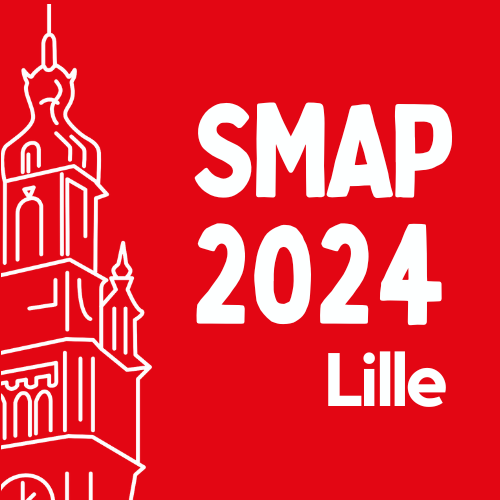
Session: Session 5
Nanoscale LC-TIMS-MS Empowers Low Sample Volume Single-Cell 4D-Lipidomics
Intro: The field of lipidomics, focusing on the analysis of biofluid and tissue lipid composition, has recently gained prominence, driven by the advanced analytical capabilities offered by contemporary chromatographic, ion mobility, and mass spectrometric techniques. Navigating the intricate landscape of lipid species remains a formidable challenge and a focal point of lipidomics research.While substantial progress has been made in bulk sample analysis, there is a growing interest in delving deeper into the metabolic intricacies underlying specific cellular phenotypes, marking a new frontier in low-volume and single-cell analysis. To address this, we employ nanoscale LC-TIMS-MS with a specific focus on low sample volume and single-cell 4D-lipidomics. This innovative approach aims to unravel the intricate lipidomic profiles at a granular level, advancing our understanding of cellular processes at unprecedented resolutions.
Methods: Cellular materials were extracted and analysed by LC-TIMS-MS using a nanoElute 2 LC coupled to timsTOF Ultra for highly sensitive mass spectrometric measurement. Trapped ion mobility spectrometry (TIMS) was used to enable 4D lipid characterisation inclusive of collisional cross section (CCS), m/z, chromatographic retention time and MS/MS fragmentation patter measurement. monolithic silica capillary column tailored for effectively separating low concentration samples, was used. MetaboScape was used for the automated annotation of detected lipid species.
Results: We achieved the simultaneous quantification and characterization of over 100 lipid species within low-volume and single-cell samples. The rigorous annotation of lipids was automated, employing a rules-based annotation strategy.
Conclusion: The combination of dedicated nanoscale LC columns with timsTOF technology facilitate lipid quantitation and characterisation with excellent coverage despite the challenges posed by low sample volumes and single cells.